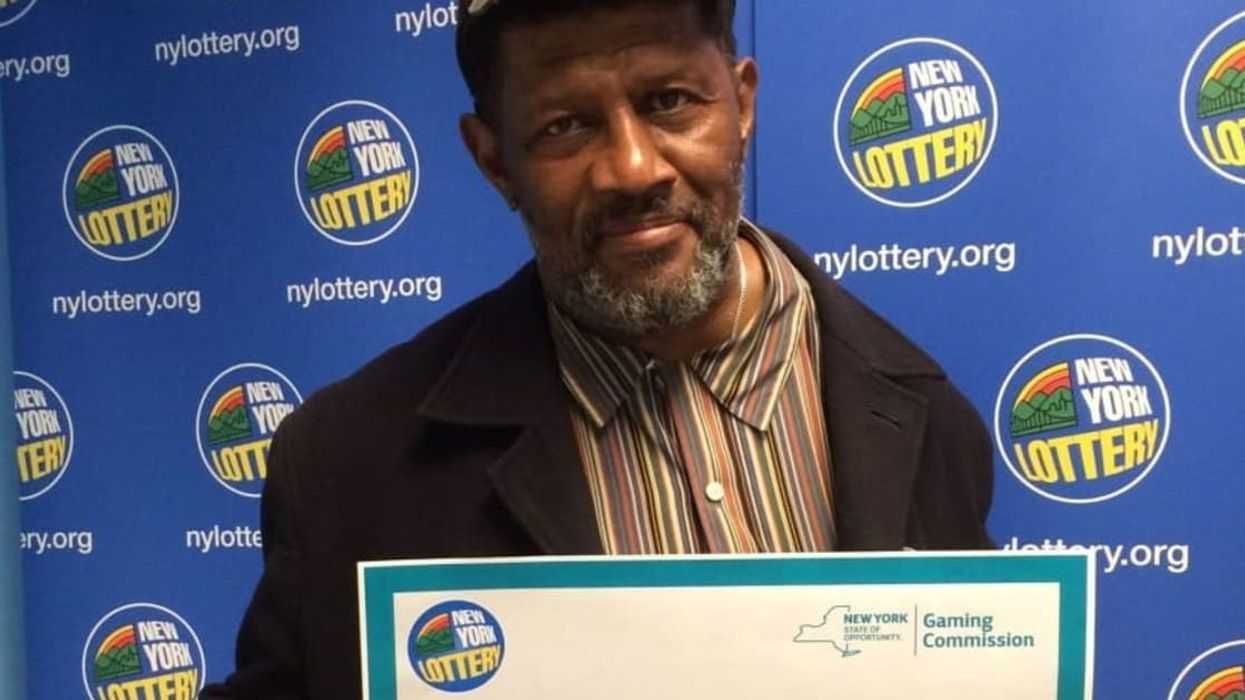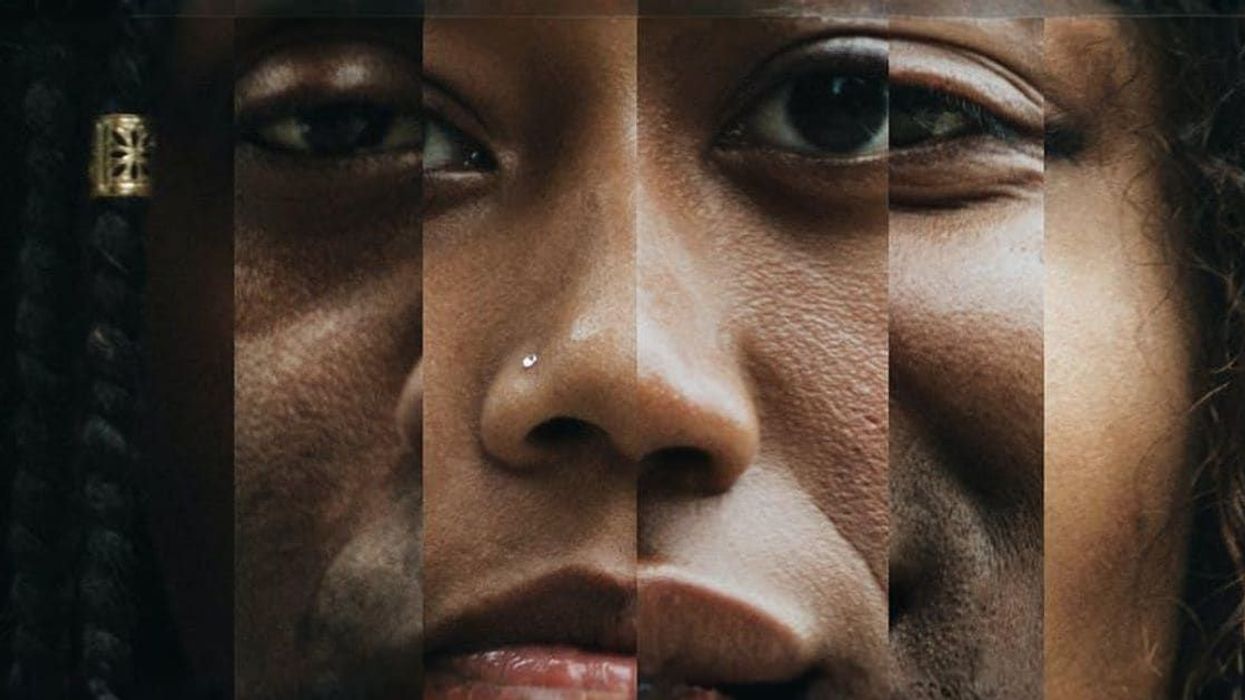Liquor is in the game, but birth control and vitamins will remain on the bench for the NFL.
In a change of policy reported by The Wall Street Journal, the league will accept liquor commercials during the upcoming 2017 season. The NFL will allow broadcasters to accept four 30-second spots. The ads will be limited to two during any quarter or halftime, and networks are permitted to run two liquor spots during pregame and postgame programming.
The league originally resisted liquor advertisements, fearful of associating the sport and its athletes with hard liquor, but like other professional sports organizations, the NFL was wooed by the liquor industry, which spent $411 million on advertising in the United States last year.
The list of advertisers that will remain banned by the NFL is even more telling. It will retain its ban on birth control ads of any type, including condoms, but it will continue to accept advertisements for erectile dysfunction treatments. While the NFL does accept lottery ads, commercials related to gambling and tourism to locations, such as Las Vegas, will remain banned. Spots for energy drinks, such as Red Bull, and ads for legalized marijuana will also continue to be prohibited.
The NFL will also continue to refuse advertising from GNC. It rejected a Super Bowl commercial from the vitamin and supplement retailer earlier this year, citing the company’s association with supplements that have been banned by the league.
However, it will continue to accept commercials for violent video games and movies, each one undergoing a review to determine if they are too violent.
With these policies in place, football fans can count on a season filled with violence, hard liquor and erectile dysfunction.


















 Screenshots of the man talking to the camera and with his momTikTok |
Screenshots of the man talking to the camera and with his momTikTok |  Screenshots of the bakery Image Source: TikTok |
Screenshots of the bakery Image Source: TikTok | 
 A woman hands out food to a homeless personCanva
A woman hands out food to a homeless personCanva A female artist in her studioCanva
A female artist in her studioCanva A woman smiling in front of her computerCanva
A woman smiling in front of her computerCanva  A woman holds a cup of coffee while looking outside her windowCanva
A woman holds a cup of coffee while looking outside her windowCanva  A woman flexes her bicepCanva
A woman flexes her bicepCanva  A woman cooking in her kitchenCanva
A woman cooking in her kitchenCanva  Two women console each otherCanva
Two women console each otherCanva  Two women talking to each otherCanva
Two women talking to each otherCanva  Two people having a lively conversationCanva
Two people having a lively conversationCanva  Two women embrace in a hugCanva
Two women embrace in a hugCanva 
 A reddit commentReddit |
A reddit commentReddit |  A Reddit commentReddit |
A Reddit commentReddit |  A Reddit commentReddit |
A Reddit commentReddit |  Stressed-out employee stares at their computerCanva
Stressed-out employee stares at their computerCanva
 Who knows what adventures the bottle had before being discovered.
Who knows what adventures the bottle had before being discovered. 
 Gif of young girl looking at someone suspiciously via
Gif of young girl looking at someone suspiciously via 